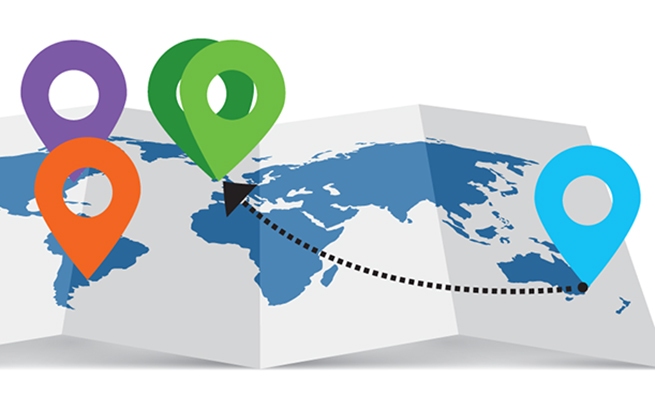In an effort to clarify and provide guidance on how to understand the value chain of commodity marketing and trading activities, The Inland Revenue Authority of Singapore (‘IRAS’) released the Transfer Pricing Guidelines in Commodity Trading in May 2019 (‘e-tax guide’).
The growth of trade and wealth in surrounding areas in Asia has increased the importance of Singapore as a central trading hub for many suppliers, producers, and traders in the global supply chain.
Given the fact that Singapore is literally and physically in the middle of this booming market, these new guidelines come as welcome directions in creating uniform understanding in such a fast-growing, and complex market.
What Are the Accepted Transfer Pricing Methods?
IRAS has made it clear that while it has no specific preference, there are five transfer methods that it deems acceptable, and taxpayers may choose their preferred method based on data available to them, and the general practices of their industry.
1. Comparable Uncontrolled Price (CUP) Method
Generally considered the most straightforward method, the CUP method is also usually the preferred method for most taxpayers. It takes a simpler and perhaps more elegant approach to reviewing the rates and conditions to make sure they are at arm’s length between any two parties. The CUP methods can also be used for quoted prices and comparable independent party transactions.
2. Transactional Net Margin Method (TNMM)
In the TNMM, the net profit needs to be determined within any controlled transaction. This net profit is then checked against net profits of other comparable uncontrolled transactions within the market. To adhere to the TNMM, these comparable transactions must share obvious similarities.
Read more about Singapore Transfer Pricing Guidelines in Commodity Trading at Rikvin.com.






